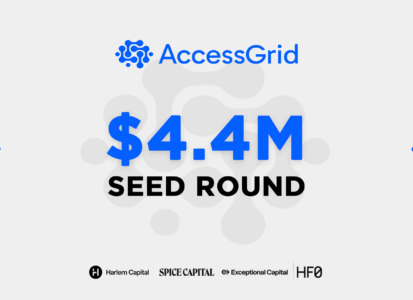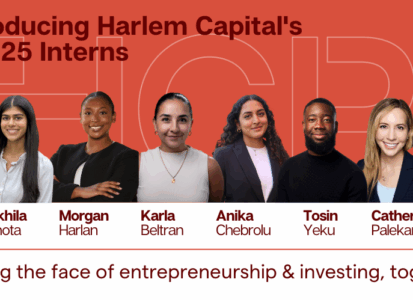Harlem Capital Interviews Founders on Product, Pivots, and Scaling
by Harlem Capital
Understanding your Customers
Lesson 1: Identifying customer pain points will be an iterative
process that shapes your product’s journey

Product is at the heart of a start-up. It’s often where and why entrepreneurs started in the first place. They began to build something that solved a problem they experienced, saw someone else struggle with, or identified something they could do better than anyone else. Jean Brownhill, the founder and CEO of Sweeten, started her company after experiencing the challenges of selecting general contractors to renovate her home. Sweeten is an award-winning, free service that helps people find the best general contractors for renovation projects. When explaining how she honed in on Sweeten’s core idea she shared, “I thought that if I get a curated list of general contractors, match general contractors to projects, and I actually stay with the projects until completion, then that solves the homeowner side, because there’s a lack of trust on both sides. So it solves the homeowner trust pain point, and the general contractor trust pain point. So that’s been the value prop of Sweeten from the very beginning.” But her journey to building Sweeten began by first iterating through two companies that focused on tackling this same problem.
She explains, “It was absolutely those first two companies that allowed me to really understand the pain points from each side. I think oftentimes, as entrepreneurs especially, we think about ‘this is the solution!’, and we kind of try to back that solution into an articulate problem. Where in fact, the hard part is really isolating and identifying what the problem is.”
Lesson 2: Co-creation with customers is a great way to get early engagement to drive successful product adoption
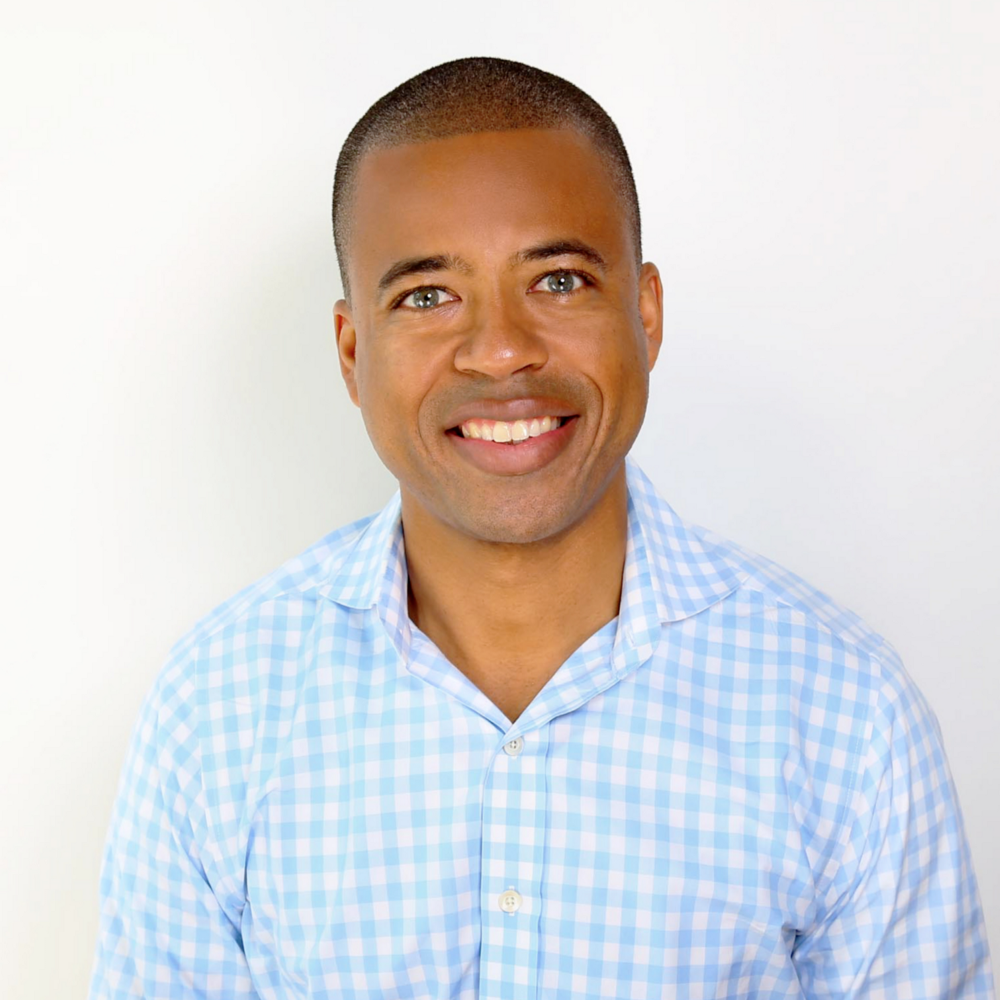
Stephen Bailey, the founder and CEO of ExecOnline, deeply believes in the power of engaging with your customers early on in the product development process. He shares, “My philosophy generally when it comes to starting businesses is, from Day 1, you need to create a culture of being outside in versus inside out. And so, understanding the customer, before you build the product, is one of my core tenets of building a successful startup business.” This is the approach he took to building ExecOnline, a company that offers online executive education programs from schools like Berkeley-Haas, Columbia, and Yale, to redefine how companies provide professional development to their executives. Because of this customer-centric focus he points out that that his first hire wasn’t for product but was for a head of sales. He explains, “We actually went out and talked to 100 companies, identified 15 of those companies that wanted to co-create this product with us. What that allowed us to do was to solve a fundamental chicken-egg problem. Every great startup has to solve probably multiple chicken-egg problems, but in our case it was, ‘how do you get top companies without top business schools and how do you get top business schools without top companies’.
He continues, “so what we said was, ‘let’s use the fact that we don’t yet have a business school partner to our advantage. Let’s engage a series of potential customers in a co-creation journey with us, where they’re advising us in every aspect of what the ideal offering would be, so what subject matter areas, format, which audience we should be targeting, what services we should be putting around the offering. All those kind of different pieces were what we co-created with those first 15 customers.” Once the product was created, Bailey signed the customers onto a small pilot and used that to bring on school partners. The pre-committed pilots allowed them to exit the chicken-egg problem because it “changed the dynamics with the schools we were speaking with. That’s what allowed us to sign up Berkeley-Haas first, and then Columbia shortly thereafter as our first two school partners.”
Building a startup’s product requires relentless focus on your customer and will almost certainly be an iterative and interactive journey. Prior to investing, early stage venture capital firms will look to see how product has evolved over time and how teams focused on the customer in that development process. Constantly engaging with users, once discovering their clear pain points and afterwards, is a great way to ensure you’re building a product to last.
Part 2: Reaching Product-Market Fit
Achieving product-market fit is the next big milestone for startups in their product journey. While product-market fit is about ensuring that the product is well suited for a particular market, distribution is a key area that is often overlooked. When talking about how HealthSherpa achieved product-market fit Cat Perez, Chief Product Officer and co-founder, explains, “one of the first things that we started looking into was thinking about distribution channels”, and how the company could reach more people.
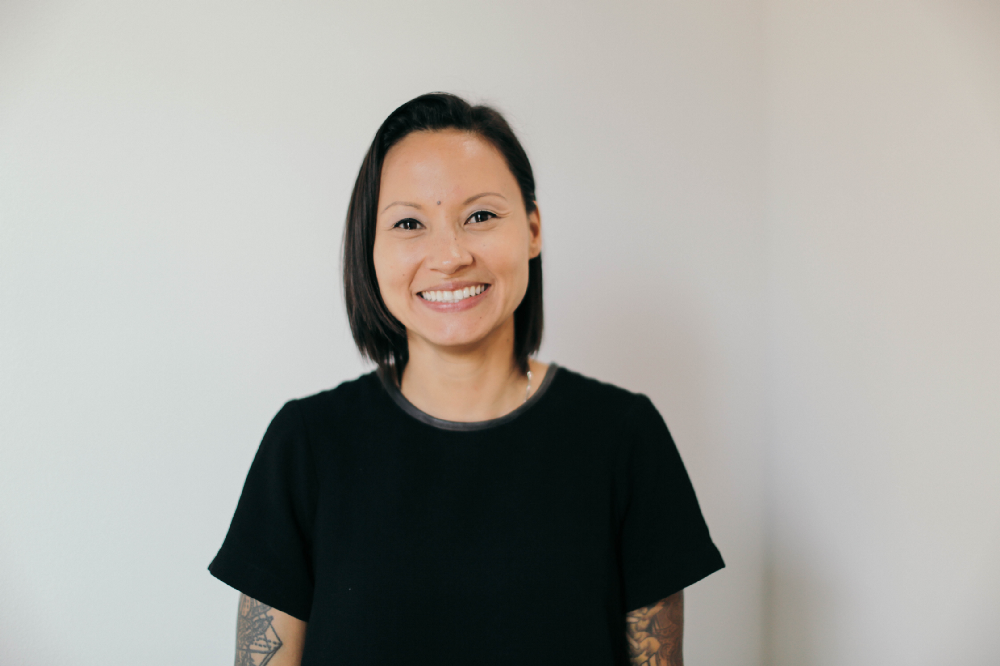
HealthSherpa is a health insurance enrollment platform that helps consumers identify and enroll in the best healthcare plans to fit their needs. She continues, “when you think about people who are transitioning out of companies, one of their options is COBRA which is incredibly expensive, not just for the individual but for the employee. So, by focusing on employers as a channel, we got a lot of traction there when we started supplying our services, people, and our support, to these larger employers.” HealthSherpa then explored other channels like servicing nonprofit organizations and building partnerships with groups that were aligned in their values to reaching people with the most disparities to healthcare access. Another key to their success has been early and consistent engagement with the Centers for Medicare and Medicaid Services (CMS). HealthSherpa became CMS’s first direct enrollment partner which has enabled them to reach even more users through this channel. We see that distribution is critical to ensuring a startup can reach and serve it’s TAM and build up defensible moats against competitors.
Part 3: Lessons Learned through Scaling
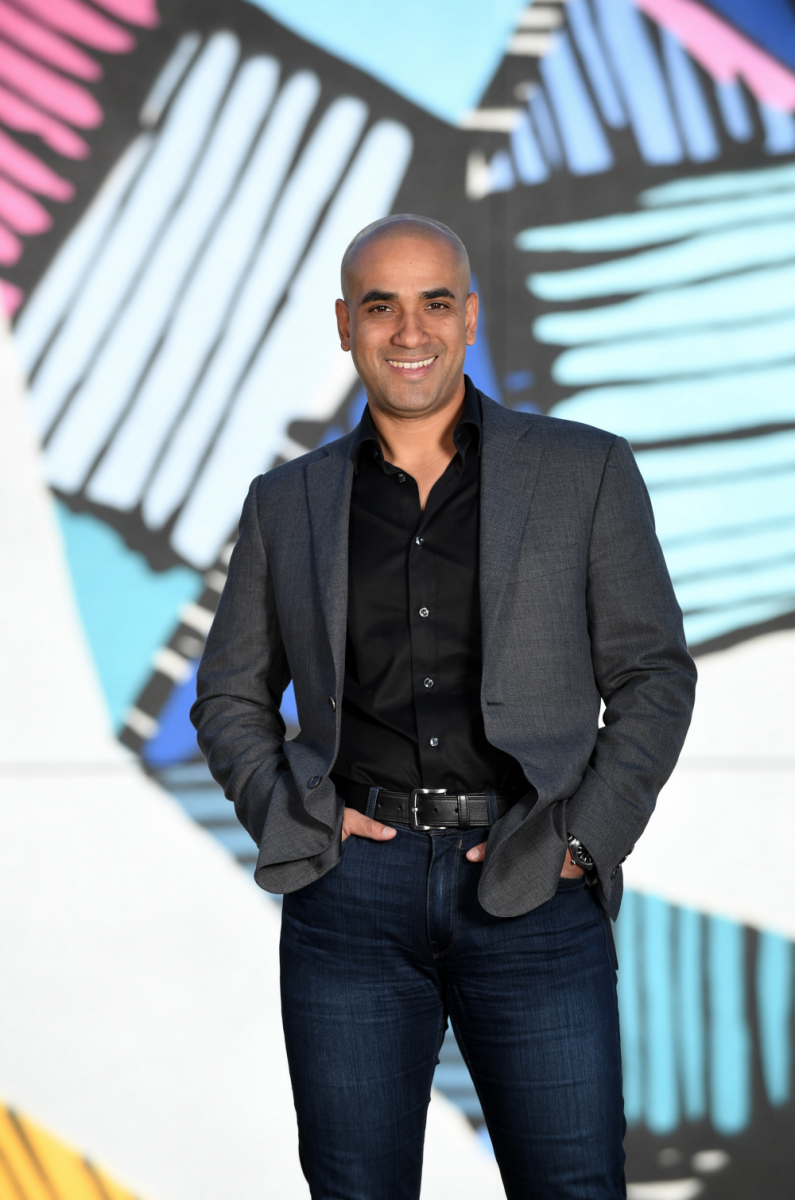
Joseph Heller founded The/Studio after clearly identifying the need for more flexible manufacturing capabilities to help people get products to market quicker. The/Studio offers an on-demand, custom manufacturing platform for product development. Since its founding in 2013, as CEO he has raised $11M and has scaled the company successfully. When asked about the scaling process, he reflected on two key lessons learned: focusing on strategy and hiring. He shared, “I think the first thing is that the goal shouldn’t be just to work hard — there has to be an end goal in working hard. I think a lot of times when you’re early stage, if you just work really hard, it will move the needle, because you’re so small. But I started to see that I was working really hard, but was just doing a lot of the same things. I didn’t pick my head up and ask, ‘Am i working on the right things?’ And I think you can actually get into a lot of trouble and don’t end up getting to where you need to go fast enough. So I think that focusing on the strategy of what you’re doing is really important. He continued, “I think hiring the right people is super important. You have to be super thoughtful about that. It’s kind of a cliche now, but really, there’s good people for the right stage of the company. You do have to get people, you can’t do everything on your own. And it’s important to really get the right DNA for the company at the stage it’s at.
Thank You to the founders included in this article:
Jean Brownhill
Stephen Bailey
Cat Perez
Joseph Heller

